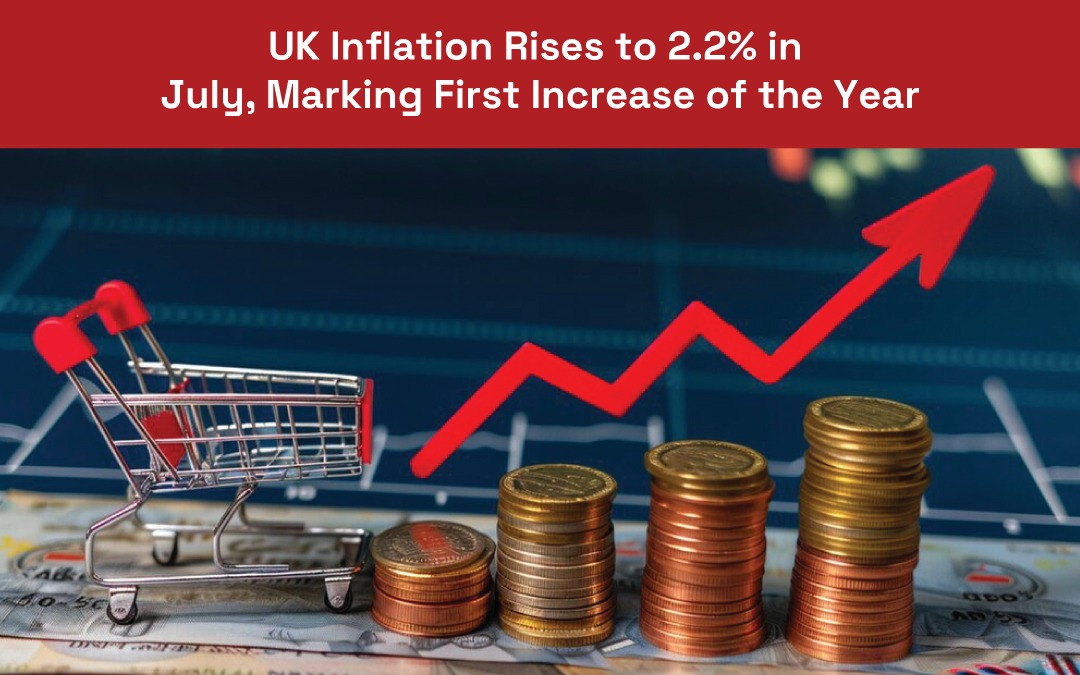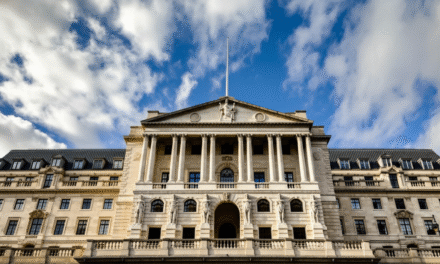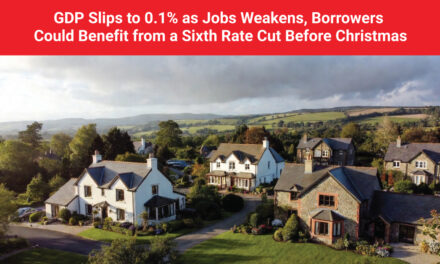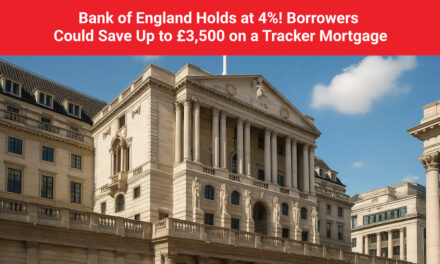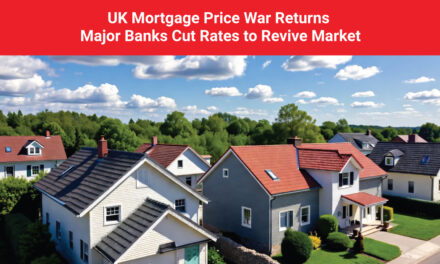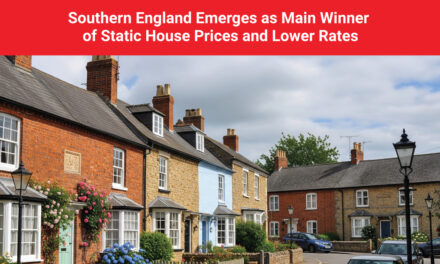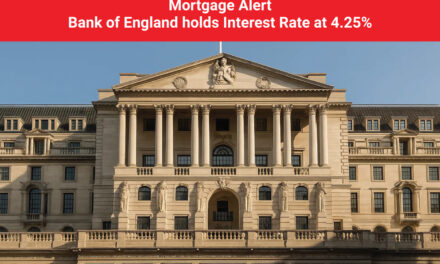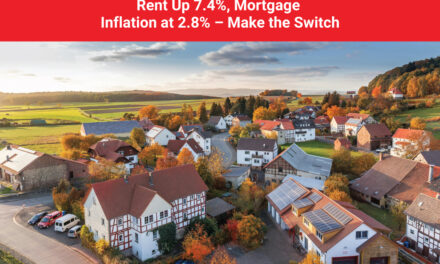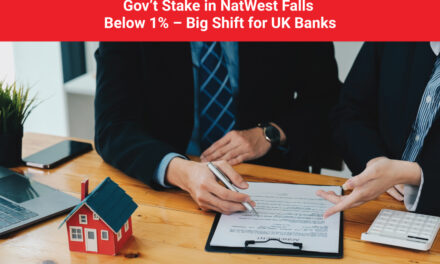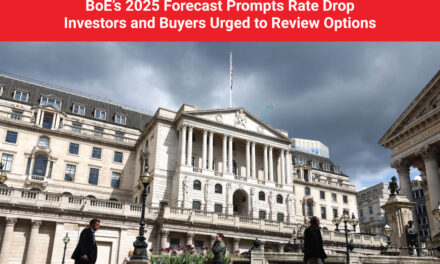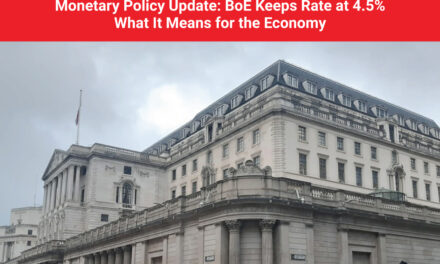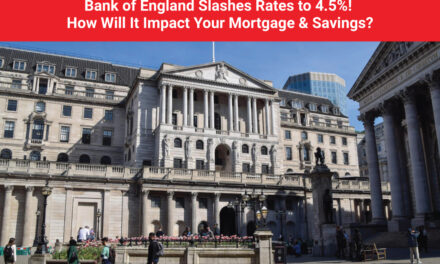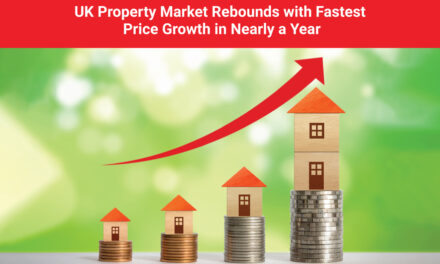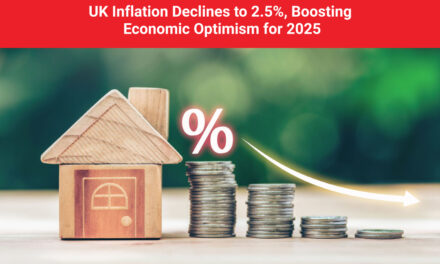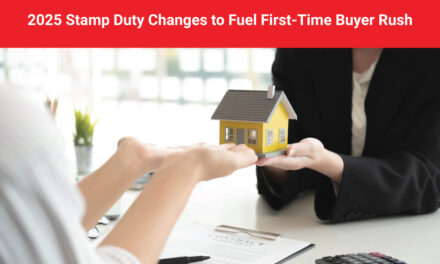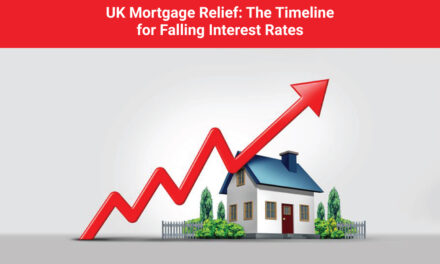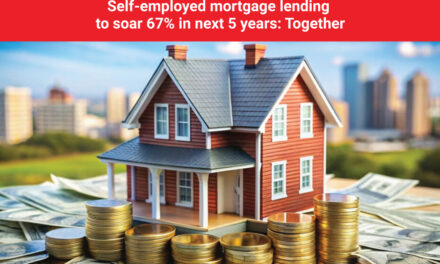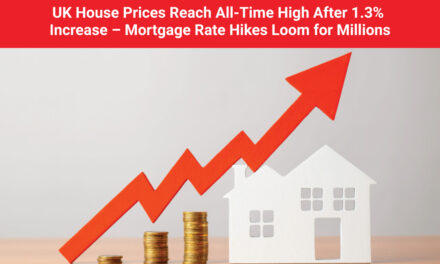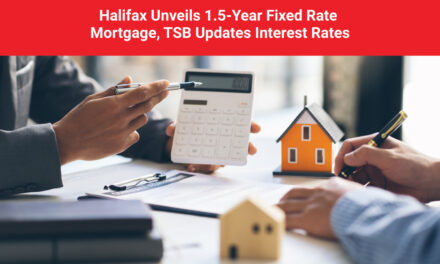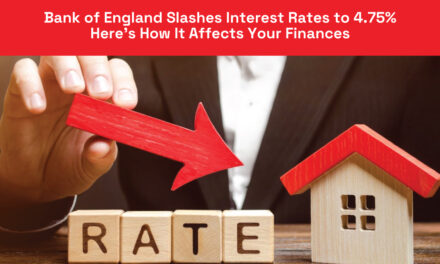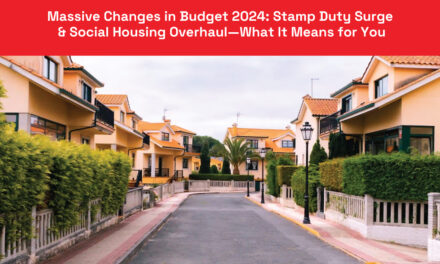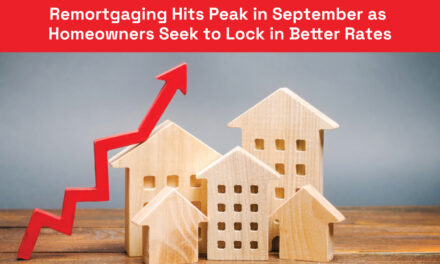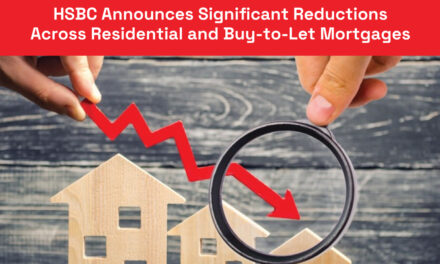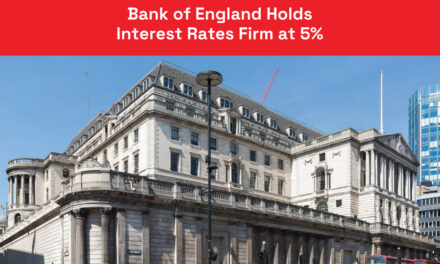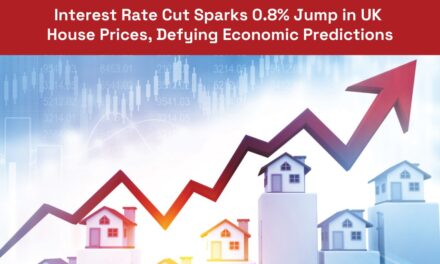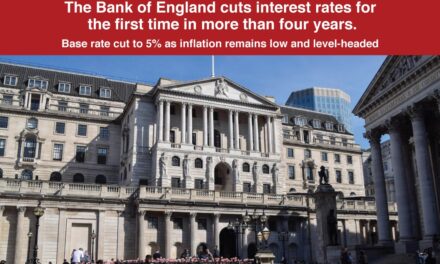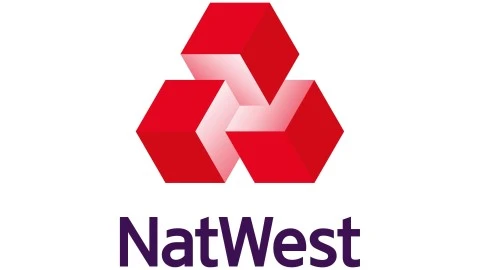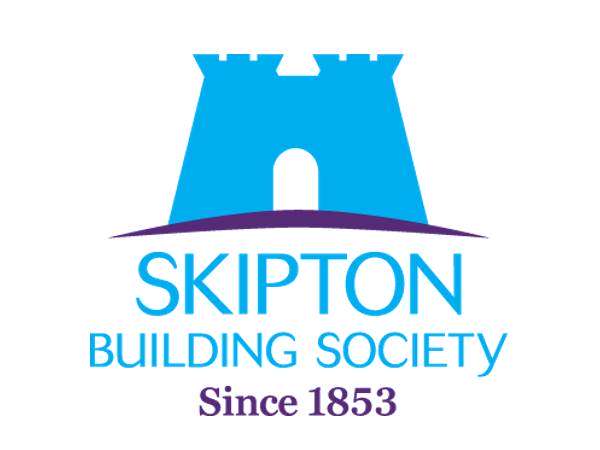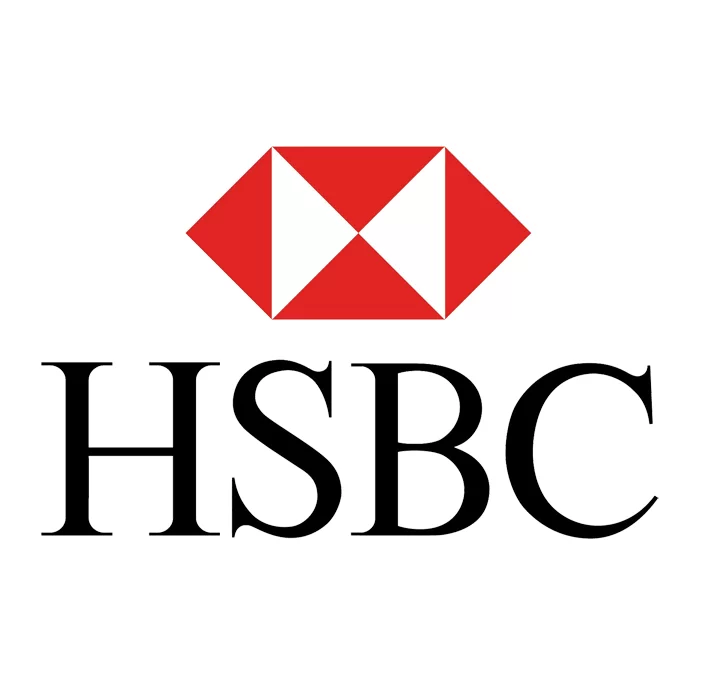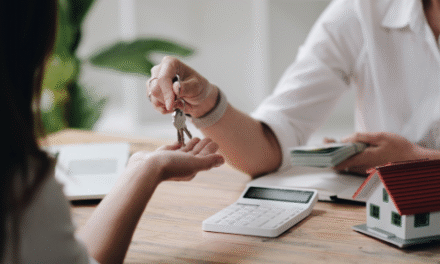UK Inflation Rises to 2.2% in July, Marking First Increase of the Year.
The UK’s inflation rate has risen for the first time this year. It is now 2.2% for the year to July. This little rise placed it slightly above the Bank of England’s 2% target. This figure has held since May.
This rise was not out of the blue. They mostly fell due to gas and electricity prices which did not reduce to the extent it did a year earlier. Though less gruesome than expected, prices are rising more in 2024 than in earlier months. However, this is a much smaller increase than the steep rises in 2022 and 2023 due to soaring energy and food costs. Those costs burdened households.
The Bank of England’s forecast predicts inflation will rise to 2.75% in the coming months. It should then fall below 2% next year. We will have more inflation, employment, and wage data before the Bank’s September 19 rate-setting meeting.
More recently, interest rates have been reduced from 5% by the Bank of England. On the same day, Japan cut its 2021 growth forecast to 5.25%, the first time since the COVID-19 outbreak. Low nominal interest rates help borrowers. But, they hurt savers. They raise the price of loans, like mortgages.
On what comes next some analysts are more or less divided. Some have forecasted at least one more rate cut this year, and possibly as soon as September. The chief UK economist at Deutsche Bank Research said September rates are still possible. He also said there could be more than 2 cuts before year-end. Ruth Gregory, Deputy Chief UK Economist at Capital Economics, said the new data might not fully reassure the Bank about the high inflation. The Bank also pays close attention to inflation in the service sector when setting interest rates. In July, the inflation rate in this sector came to 5. 2% but some of these were on account of elements such as airfare and accommodations that are so unpredictable.
Gregory expects, based on indicators, that the Bank will cut rates one more time this year. He thinks the main rate will be 4.5% to 5%. This may be good news for business people. It’s especially for those struggling with high interest rates and inflation.
One respondent was Livia Marrocco. She owns Marrocco’s restaurant and an ice cream shop in Hove. She described how inflation affected her business. “Products have gone up, ingredients have gone up, we have had to put some prices up a little bit”, she said. Good weather and holidays have closed many schools. This has increased her business as many customers are on break.
The Ukraine war and supply chain issues had caused it to rise to 11.1%. The cost of living had soared. It has been falling since June. The Bank of England, the UK’s top central bank, has tightened consumer demand with rate hikes.
ONS’s Chief Economist, Grant Fitzner, said July’s inflation rise was due to domestic energy prices not falling as they did last year. But, the other major element in establishment costs, namely hotels, had increased significantly in June. In fact, they decreased in July. Fitzner also noted, under the skin, inflation pressures are not that threatening for now. Services inflation fell in July, while food prices stayed the same.
The Institute for Fiscal Studies said that food and drink prices rose by 28.4%. This was on total capital expenditure planned between September 2021 and September 2023. Their research indicated that by these increases, time poor households or the lower standard ones were bearing the heat more than the other groups since the penny pinch brands recorded the biggest hikes. In the end, by July, the pace of increase in food prices slowed down to just 1.5%: from the ONS.
Darren Jones, Chief Secretary to the Treasury said that the new Labour headed government realises that while things have improved the difficulties that households still endure. At the same time, Shadow Chancellor Jeremy Hunt stressed that it is obvious that more needs to be done to keep inflation under control, out of today’s figures.
UK property prices rose by 2.7% in the year to the end of June, the ONS said.
In England, an increase of 2.4% pushed the average house price above £300,000.
The increase of £7,000 in the year meant the cost of an average home in England stood at £305,000, compared with £216,000 in Wales, £192,000 in Scotland, and £185,000 in Northern Ireland.





